Cerrado Biodiversity Hotspot
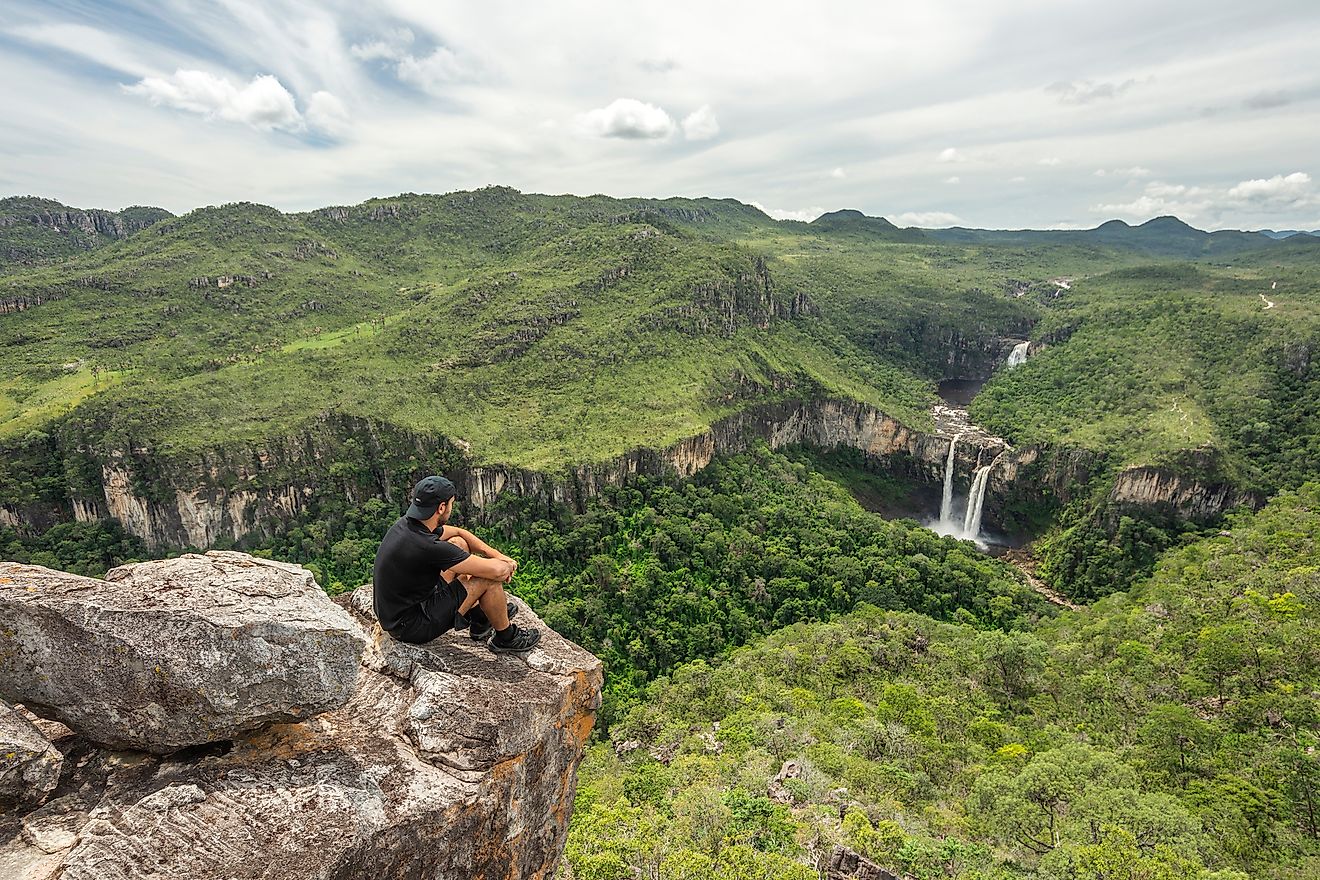
- Cerrado, the largest Savanna in South America, is a grassland biome located just underneath the Amazon rainforest, and in between the Atlantic Forests.
- With over 4,800 species of endemic plants and vertebrates, Cerrado is one of the largest biodiversity hotspots in the world.
- The region’s biodiversity is an integral environmental resource for the survival, traditions and livelihood of the local communities.
Sitting just below the Amazon rainforest, Cerrado covers a total area of 2 million sq. km., taking up one fifth of Brazil’s expanse, and with the capital, Brasilia, at its heart. This grassland biome, the size of England, France, Germany, Italy and Spain put together, is the largest Savanna in South America, and the second largest type of vegetation, after the Amazonian rainforest.
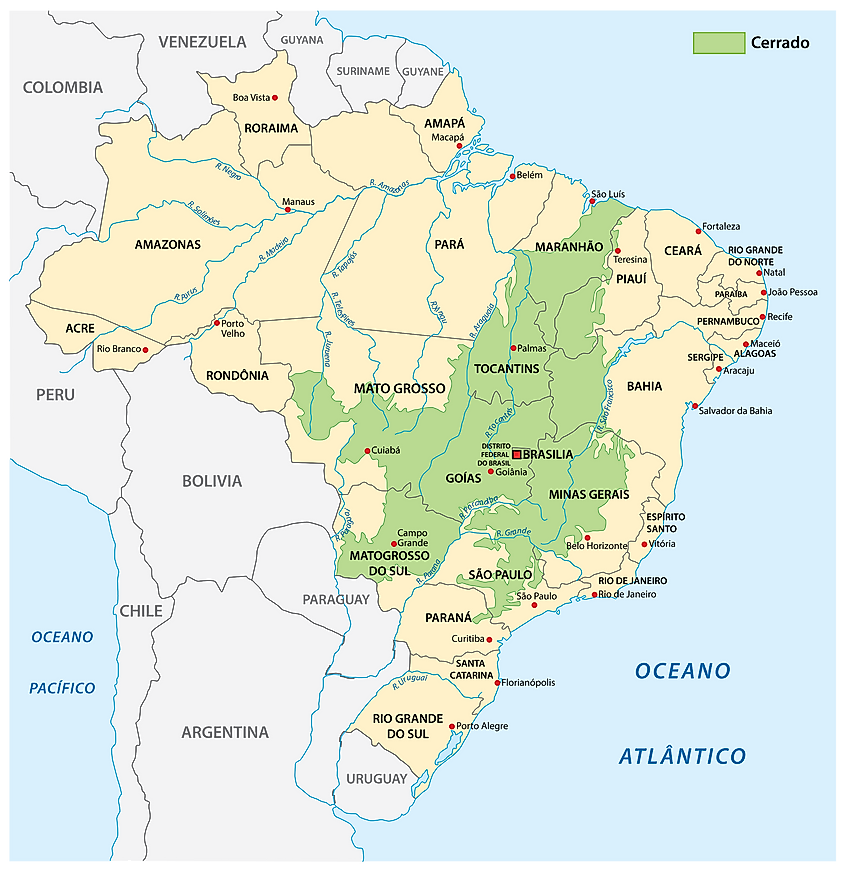
A biome is an ecosystem with unique climate and environmental features that provide a comfortable home for the species inhabiting it. Determined by its global location, some biomes are able to support more life than others, such as the Serrado biodiversity hotspot, at the heart of South America, sitting just left off the center of the continent. The rich biodiversity of the region includes more than 1,600 endemic species of mammals, birds and reptiles.
Meaning closed, shut, thick or dense in Spanish, the name “Cerrado” is suitable for its arid ecosystem with a high number of endemic organisms. By zooming into the Cerrado biodiversity hotspot, one will discover the reasons behind its rich, and, oftentimes, exclusive natural beauty.
Contents:
Climate And Environment
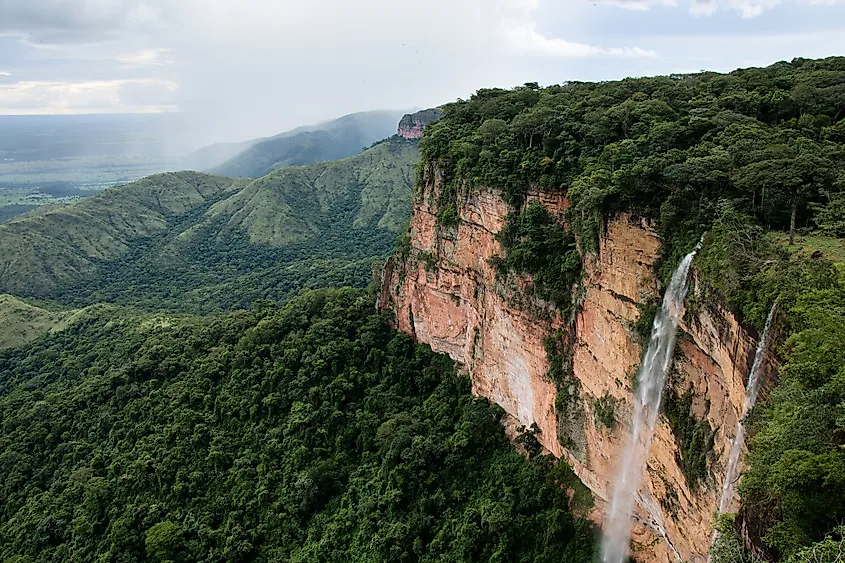
Cerrado’s climate and environmental features, such as the Amazon, the Paraná-Paraguai and the São Francisco rivers’ headwaters (their sources) support the rich biodiversity of the region. Despite the abundance of rain, at 800 to 1600mm a year, the region is prone to fires, which, along with unsustainable practices, has led to serious deforestation in the last few decades.
Human History
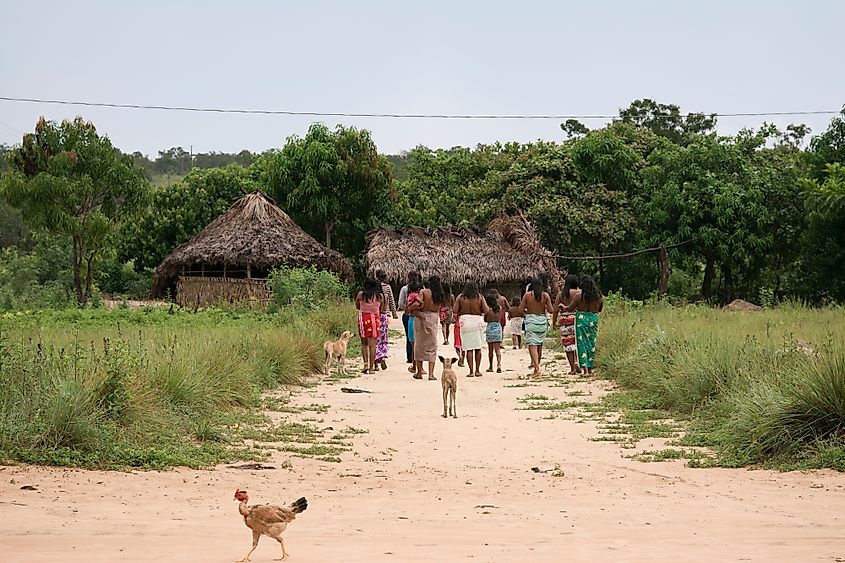
For 12,000 years, humans have occupied and depended on the rich environmental resources of the Cerrado region. Today, there are millions of family farms, 216 Indigenous territories, and 83 different ethnic groups. For them, the region’s rich biodiversity is an environmental resource that is integral to their survival, traditions and livelihoods. Cerrado’s water is used for drinking, as well as for agricultural purposes throughout the country. On top of storing vast amounts of carbon, Cerrado’s forests are a source of valuable lumber for export.
The people working with environmental resources of the region produce more than 30% of the country’s GDP, making Cerrado one of the largest producers of livestock and agricultural products in the world. The “best-sellers” include raw fruit, nuts, and jam, as well as cosmetics and medicinal products made through ancient plant-based methods.
Flora
The Cerrado region serves as the setting for South America’s largest woodland savannah. From the air, it features landscapes upon landscapes of ground-level vegetation, scattered with sparse islands of tree canopies and shrub patches. Vast grasslands, dry-canopy forests, and humid forests along the streams and rivers are also common.
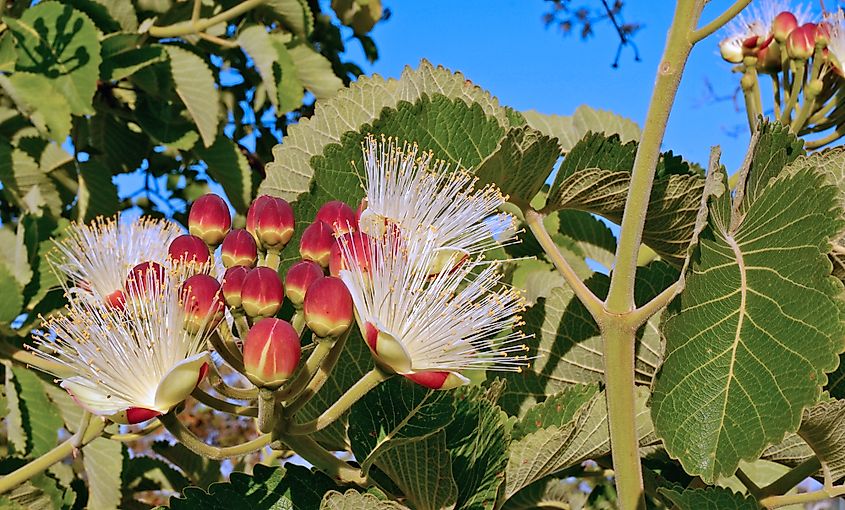
The endemic pequi (Caryocar brasiliense) is a culturally and economically important fruit tree, while the Syngonanthus nitens or the “golden grass,” is abundantly used in making handicrafts for local households and for export.
The region’s many characteristically gnarled and twisted trees grow “baru” nuts (Dipteryx alata) and “açaí” (Euterpe edulis) berries. Other notable flora include the “buriti” palm (Mauritia flexuosa), which dominates the swampy grasslands, and the “jatobá” (Hymenaea stigonocarpa), out of which quality furniture is manufactured. The roble or trumpet trees can be found in multi-colored bloom, while the deep, juicy-red shrub “cigana-do-Cerrado” (Caliandra dysantha), also stands out among the otherwise greens and yellows the region.
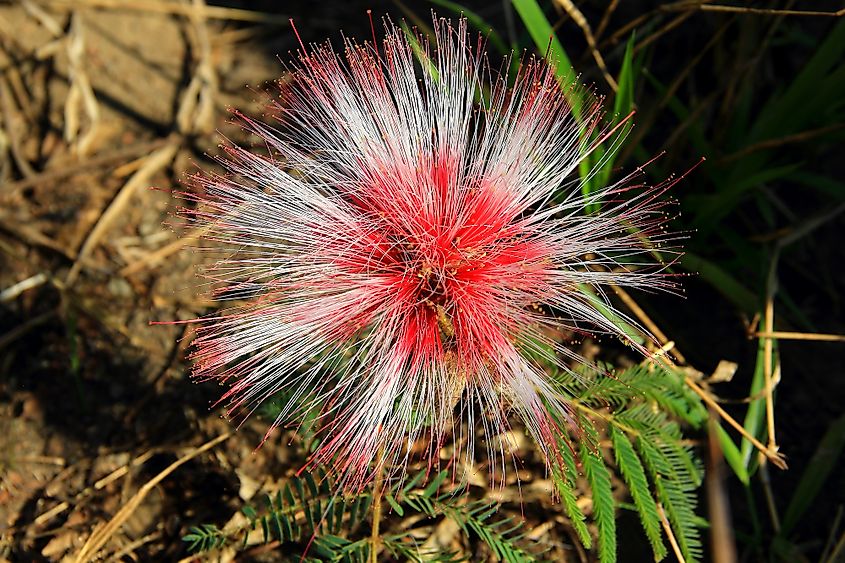
When dry season follows a wet one, drought- and fire-adapted plant species begin to thrive. Some have evolved over time to become resilient through their thick and corky bark, or leathery and rough leaves. Others gained the ability to respond, and can re-sprout after a fire, with some even exploding in a super bloom following such an event, as if, demonstrating, that they are stronger than ever.
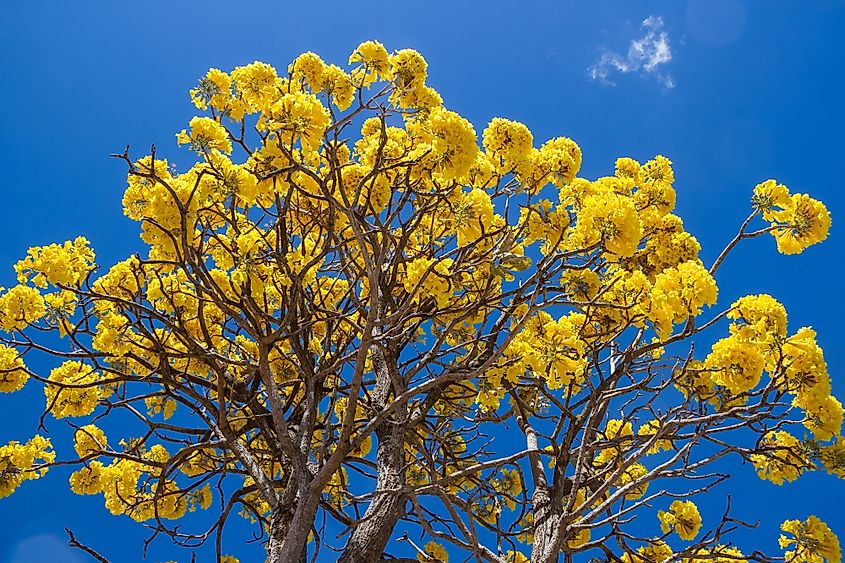
All in all, there are roughly 12,000 known plant species, 4,208 of which are endemic. Its plants make up the grand total of 1.5 percent of all plant species found in the world. Such richness of vegetation is the reason why so many species have found a suitable home in different parts of the Cerrado biodiversity hotspot.
Fauna
Cerrado’s biodiversity is so rich, that there is always a potential to discover new species. For instance, between 1998 and 2008, a colossal number of 222 new fishes, 40 amphibians, 57 reptiles, 27 mammals, and one bird, were described.
Mammals
According to the fossils of giant armadillos and sloths found in the region, roughly 20,000 years ago, the mammals that inhabited the Cerrado region, were much larger, and known as the “megafauna”.
Today, perhaps one of the best-known largest mammals in Cerrado is the maned wolf (Chrysocyon brachyurus). These are sleek, crimson-shaded ancestors of dogs, of about two-and-a-half feet in height, and with un-proportionally long ears and legs.
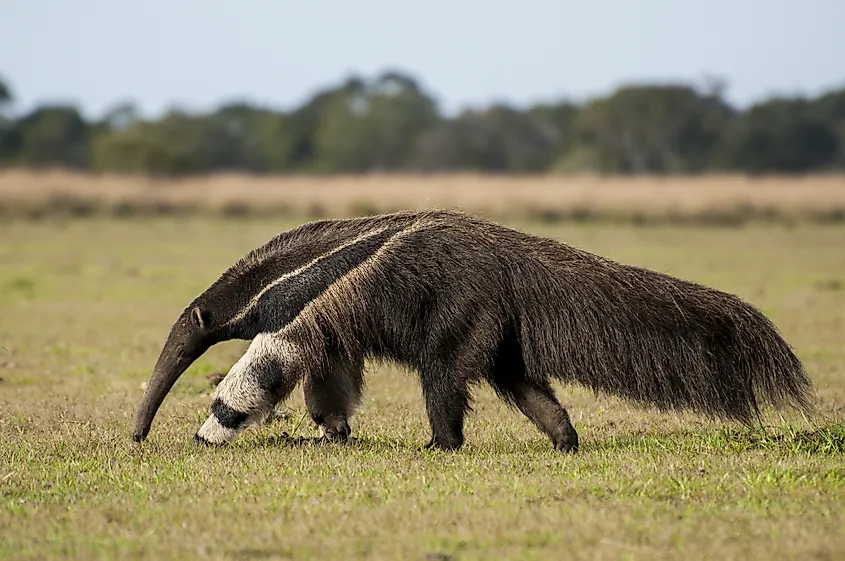
Other wondrous representatives of the mammal family include the giant armadillo (Priodontes maximus), who tucks himself into a ball when frightened, and the giant anteater (Myrmecophaga tridactyla), who can grow up to seven feet in length. Their tongues, covered with thousands of tiny hooks, are perfect for slurping up bunches of protein-rich ants and termites in a short period of time.
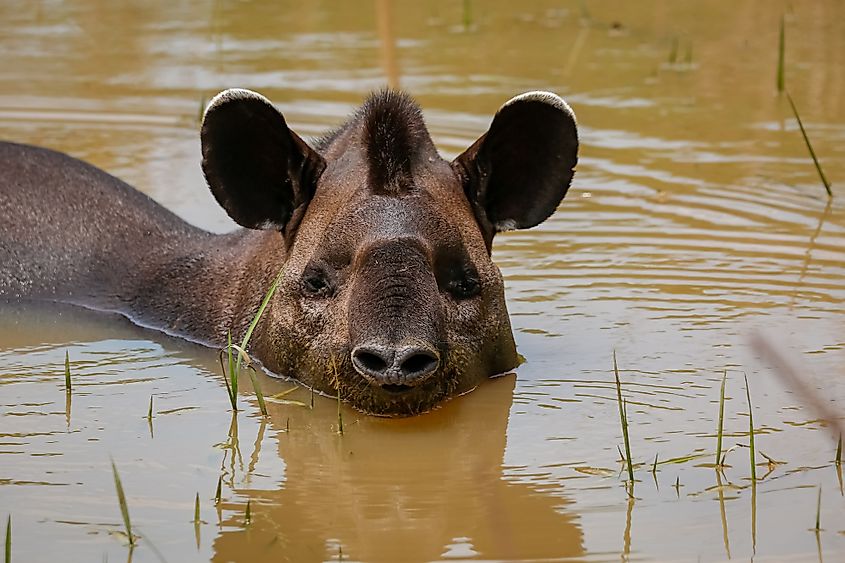
Perhaps one of the most eccentric-looking mammals is the Brazilian tapir (Tapirus terrestris) resembling a baby elephant from the front, and a boar from the back. He also has a distinctive blocked coloring of black-white-black from the head to the hind feet.
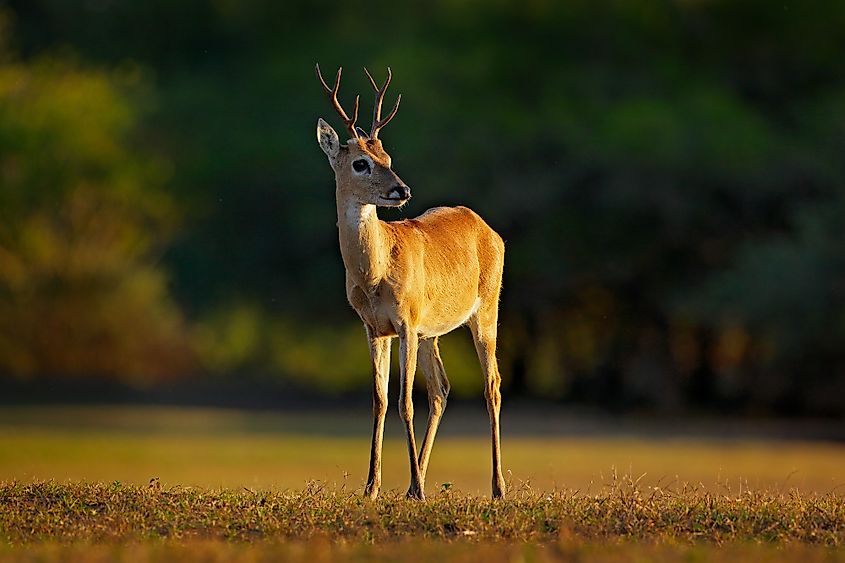
Other larger mammals of the region are the pampas deer (Ozotoceros bezoarcticus), the marsh deer (Blastocerus dichotomus), and the felines, including the jaguar (Panthera onca), the ocelot (Felis pardalis) and the jaguarundi (Felis yagouaroundi).
Birds
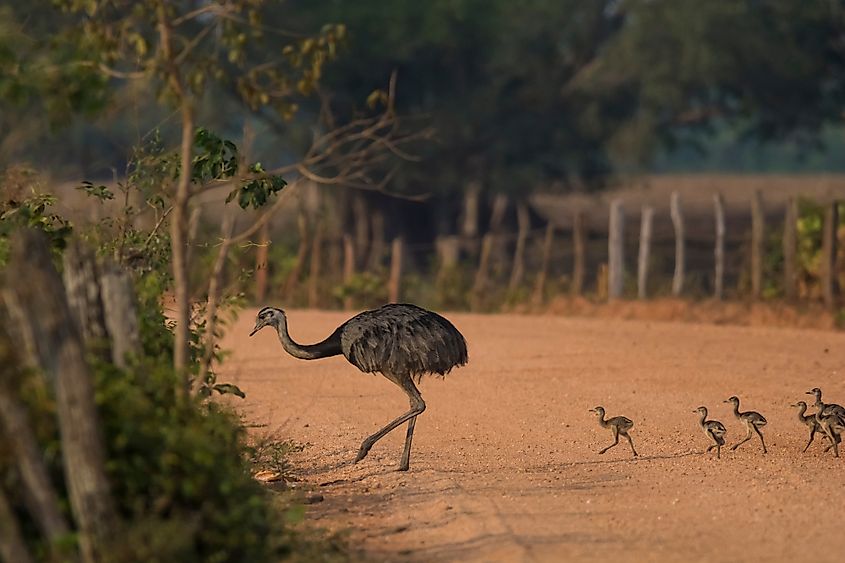
A heaven for bird-watchers, Cerrado boasts over 850 different bird species, 30 of which are found nowhere else in the world.
The greater rhea is the largest bird in South America, feeding on fruit, invertebrates and small vertebrates. In their flocks, it is the males take care of the chicks. Following in size, is the red-legged seriema (Cariama cristata) with feathers standing erect at the top of its beak as a natural fan.
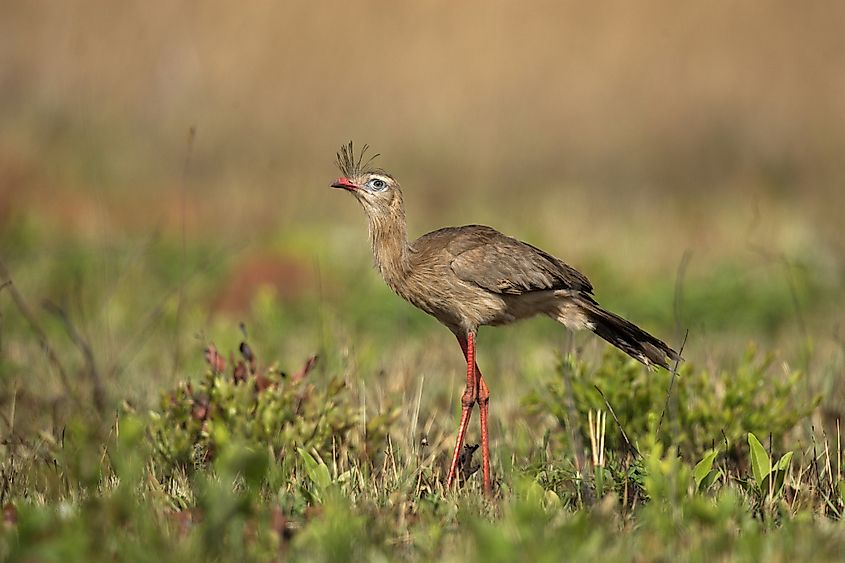
From the threatened birds there is the parrot-like critically endangered Spix's macaw (Cyanopsitta spxii) with a lighter head and a cerulean body, that, along with the blue-throated macaw (Ara glaucogularis), serve as symbols of the region. Very little is known about the duck-like Critically Endangered Brazilian merganser (Mergus octosetaceus), with a distinctive flock of hair from the back of its head, except that it is one of the most endangered birds in the Americas.
Other highly threatened bird species include the endemic blue-eyed ground dove with a rusty, blue-speckled round body, and the mohawk-sporting “tyrannulet” from the minas-gerais region, both of which are small branch-hoppers.
Reptiles
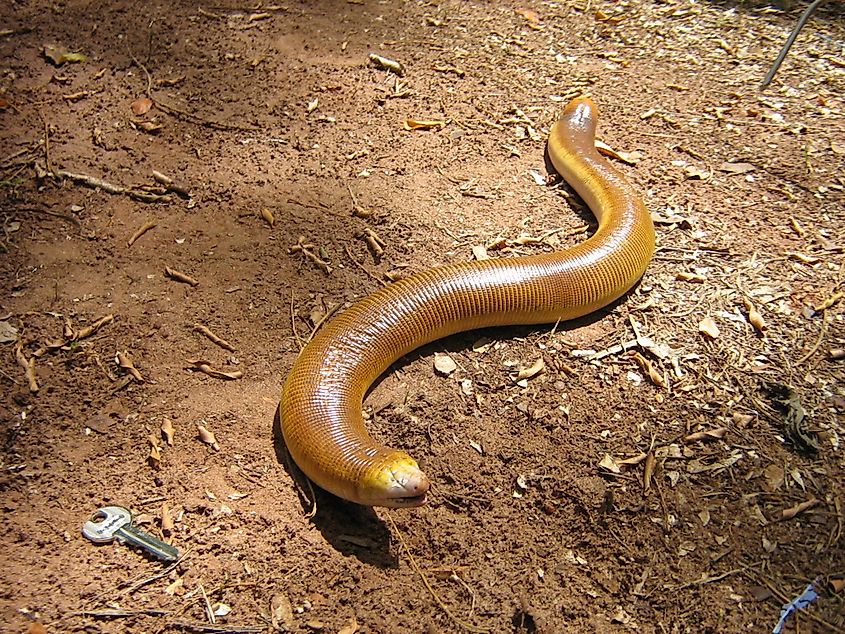
Almost 100 of the 262 different reptiles found in the Cerrado are endemic, including six coral snakes under the Apostolepis genus. The most famous and bizarre reptile of the region is the Amphisbaena alba or the giant worm lizard. Staying true to its name, the lizard looks like a giant worm or a pink snake, but with tiny feet. It grows up to three feet in length on a diet of ants, beetles and spiders.
Amphibians
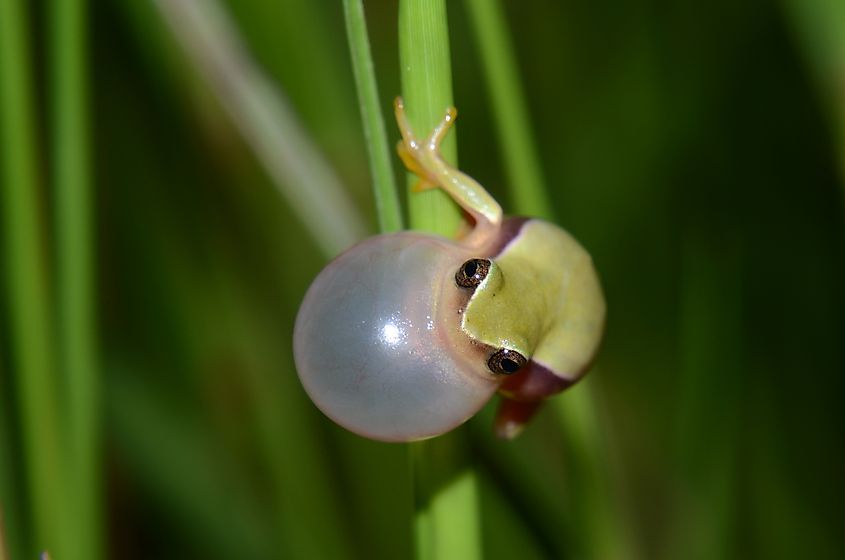
72 of the more than 200 different amphibians that inhabit the Cerrado are endemic. The Canastra snouted tree frog (Scinax canastrensis) and the Zagaia tree frog (Hyla sazimai) are restricted to the Serra da Canastra National Park. Other threatened species are the pudgy Botucatu frog, and the more streamlined rocket frog.
Water pollution poses a deathly threat to the amphibians, along with the very powerful fungus (Batrachochytrium dendrobatidis), known as “Bd”. This fungus infects the pores of the frog’s skin through which they breathe, causing struggle-filled last days of life.
Invertebrates
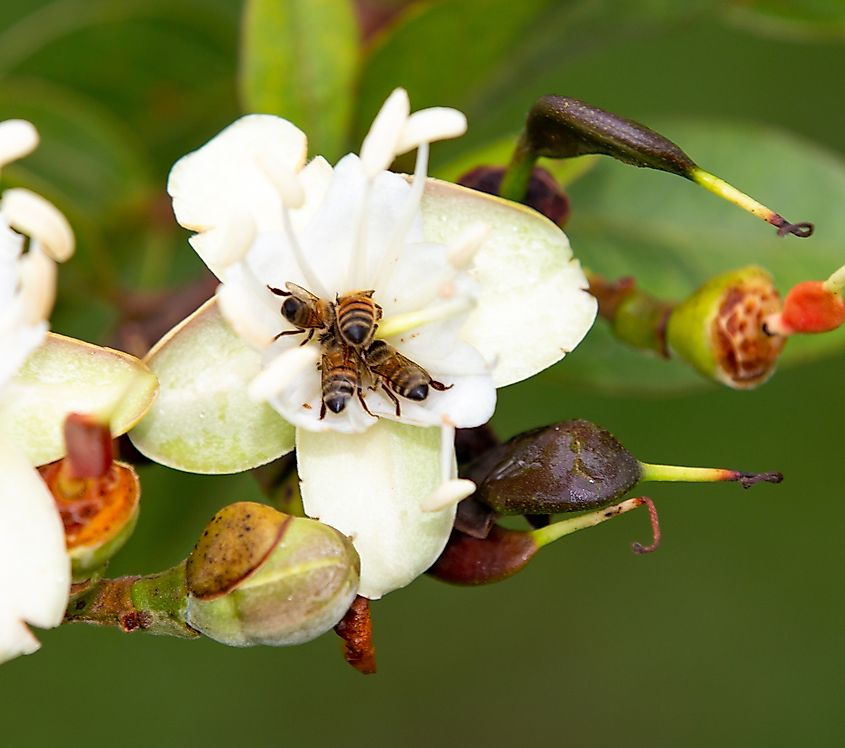
Not much is known about the extremely rich insect world of the region, but that there are roughly 40,000 (~10,000 endemic) butterfly and moth species, nearly 450 termites (~1/3 endemic), 550 (~1/4 endemic) wasps, and 800 bees.
Scientists believe that at least another 50,000 species of insects are still waiting to be discovered.
Freshwater Fish
The region is abundant in freshwater, including rivers, lakes and swamps, that are filled to the brim during the rainy season. Out of the 3,000 species of fish found in South America’s freshwaters, 800 species, (200 of which are endemic), swim in the rivers flowing within Cerrado. Although it is known that there is a remarkably-rich underwater life, it hasn’t been well-explored yet.
Environmental Threats
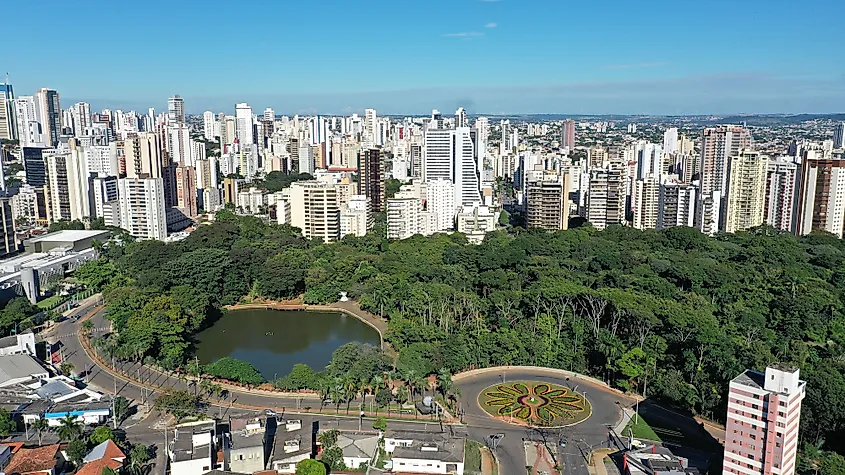
Despite the region’s environmental importance, it is one of the least protected regions in Brazil. In fact, the Savanna once covered an area half the size of Europe.
The most widespread agricultural activity of the region is soy production, followed by cattle ranching, and purposefully burning down vegetation for charcoal. Along with naturally-occurring fires, these present an ongoing and escalating threat to the biodiversity of the region.
Nevertheless, the protected areas in the Brazilian Cerrado cover only 9.6% of the region. Upon more careful calculations and without overlapping, the percentage under protection drops down to 8.3% of the Cerrado region. Further, out of the endemic vegetation, only 6.5 % is protected.
Since the locals use their region’s natural resources for food, medicine, local trade and shelter construction, the politicians must weigh the needs of the population against the cost of biodiversity loss. Jobs, including, but not limited to logging and crafting goods, are also environmentally-dependent.
Thus, the decision against environmental protection often prevails at local meetings, with justification that many communities would be improvised, if harvesting for survival and economic gain of the country, was prohibited or even controlled.











